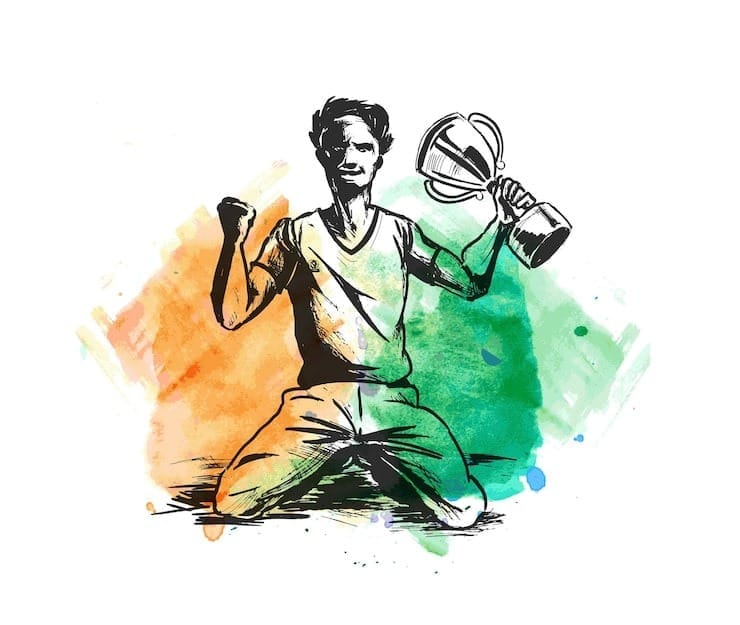How Innovation and Training Are Shaping the Next Era of Competitive Sport
Competitive sport has always been about pushing human limits—faster times, higher jumps, greater endurance, and sharper precision. Yet, as the world evolves, so too does the way athletes prepare, train, and compete. The next era of competitive sport is being defined not only by raw talent but also by groundbreaking innovation and advanced training techniques. From wearable technologies and data-driven coaching to nutrition science and virtual simulations, the future of sport is a fascinating blend of human skill and scientific progress.
Athletes are no longer relying solely on traditional methods of training. Instead, they are embracing new tools and ideas that help them improve performance, reduce injuries, and extend careers. This combination of innovation and disciplined training is transforming sports into an arena where science and athleticism go hand in hand. For deeper insights into such advances, you can read more on techdumpster.com, which covers the latest in sports technology and performance research.

Innovation in Sports Training
Innovation has become a driving force in reshaping how athletes train and compete. Advances in technology provide detailed insights into physical performance, allowing coaches and athletes to make data-backed decisions. Wearable devices, for example, track vital metrics such as heart rate, speed, and recovery time. These tools ensure that training programs are personalized, helping athletes reach peak performance without risking burnout or injury. Beyond training, athletes and sports enthusiasts are also embracing Creative Wardrobe Ideas to combine style with functionality, from performance apparel to casual sporty looks.
Motion-capture systems and high-speed cameras are also revolutionizing performance analysis. By breaking down movements frame by frame, coaches can identify inefficiencies and guide athletes toward improved techniques. Virtual reality (VR) and augmented reality (AR) are further enhancing training by creating simulated environments where athletes can practice without the pressures of live competition. These immersive tools also help in mental conditioning, preparing athletes for high-pressure situations.
The Science of Nutrition and Recovery
No discussion about training innovation is complete without focusing on nutrition and recovery. Modern sports science has transformed how athletes fuel their bodies. Instead of generic diets, nutrition plans are now personalized based on an athlete’s body composition, metabolism, and performance goals.
Supplements, hydration strategies, and even genetic testing play a role in tailoring what athletes consume. Recovery protocols have also advanced, with methods like cryotherapy, infrared therapy, and compression gear becoming commonplace. These innovations ensure that athletes not only perform at their best but also maintain long-term health and endurance.
Data Analytics and Artificial Intelligence
Data has become one of the most valuable assets in competitive sports. Artificial intelligence (AI) and machine learning tools are helping analyze massive datasets, from match statistics to player biometrics. This allows coaches to predict outcomes, fine-tune strategies, and prevent injuries by identifying risk factors before they manifest.
For example, AI-powered platforms can simulate thousands of game scenarios to help teams develop winning strategies. Similarly, predictive models analyze training loads and recovery times, ensuring that athletes strike the right balance between exertion and rest.
Innovation in Equipment and Gear
The gear athletes use is undergoing constant innovation. Lightweight, aerodynamic materials in clothing and footwear are boosting speed and comfort. Smart footwear can monitor stride and posture, giving real-time feedback to improve running techniques. Advanced protective gear reduces the risk of injuries while maintaining flexibility and agility.
In sports like cycling, swimming, and athletics, innovations in gear have even redefined what is considered possible. Every microsecond and millimeter matters, and technology is ensuring athletes can push those boundaries safely and effectively.
Mental Training and Cognitive Tools
While physical performance is crucial, mental resilience often determines success in competitive sports. Innovations in sports psychology and cognitive training are helping athletes strengthen focus, manage stress, and visualize success.
Techniques such as mindfulness meditation, neurofeedback training, and virtual simulations are being used to build mental toughness. Mental conditioning programs are now an integral part of athlete development, ensuring that competitors are as prepared psychologically as they are physically.

Community and Collaboration
Another fascinating shift in the next era of sport is the collaborative ecosystem being built around athletes. Trainers, physiologists, psychologists, nutritionists, and data scientists work together to create holistic performance programs. This interdisciplinary approach ensures that athletes receive well-rounded support that goes beyond traditional coaching.
Communities are also being formed digitally. Platforms and apps connect athletes with peers, experts, and fans, creating a space for learning, sharing, and motivation. Innovation in communication is helping athletes stay connected and inspired, no matter where they are.
Looking Ahead
The future of competitive sport is bright, with innovation and training working hand in hand to elevate human potential. From AI-driven analytics to bioengineered gear, athletes will continue to have access to tools that redefine excellence. Yet, what makes this transformation truly remarkable is the balance between science and spirit—technology provides the edge, but discipline, resilience, and passion remain at the heart of sport.
As innovation continues to expand, competitive sports will not only become more advanced but also more inclusive, sustainable, and inspiring for generations to come. The next era is not just about winning—it’s about evolving into stronger, smarter, and healthier athletes who represent the best of human potential.